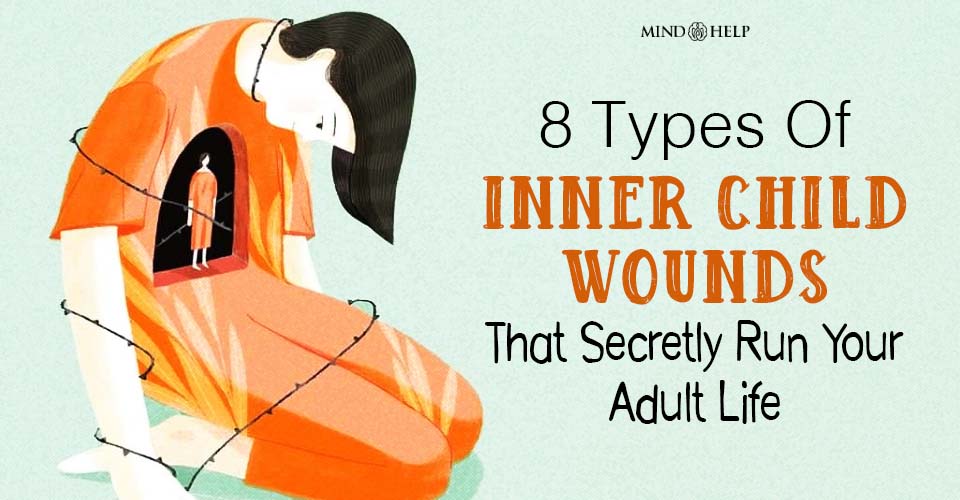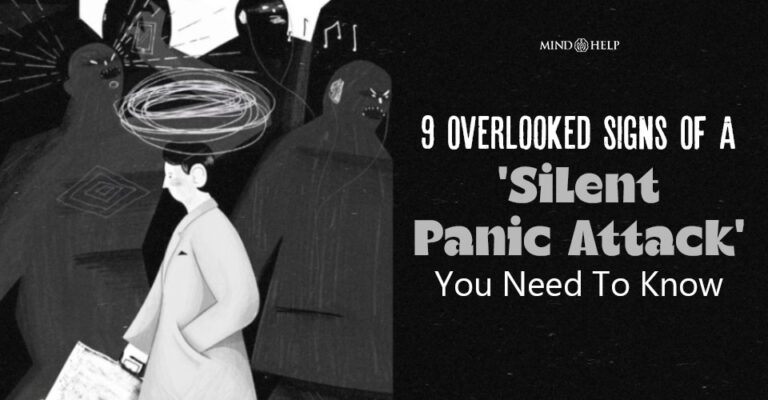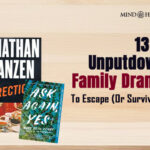The types of inner child wounds you carry might be running the show, and you may not even realize it. That gut-punch anxiety you feel when someone doesn’t call you back? That guilt you feel when you say “no” to someone you love? Yep, chances are those are your inner child wounds resurfacing.
But what are inner child wounds, really? They are actually the leftover bruises from your childhood years – shame, emotional neglect, rejection, abandonment, emotional pain that didn’t just sting then, but stuck with you for all these years.
And unless you do the work of healing inner child wounds, they keep bleeding into your adult relationships, confidence, and self-worth.
In this article, we are going to explore the different types of inner child wounds, how they show up in everyday life, and most importantly, how to heal inner child wounds so you can stop reliving old pain and start living from a place of wholeness.
Ready to meet your inner child and actually listen this time? Let’s begin.
Related: 25 Signs You Have a Wounded Inner Child and How to Heal
What Are Inner Child Wounds?
Short version? Emotional bruises from childhood that never quite healed. The longer version, however? Inner child wounds are the leftover pain from all those time when your emotional needs weren’t met.
That could mean big things like abuse or neglect, but also the little things like your feelings being ignored or dismissed, repeatedly being told to “stop crying”, or constantly being blamed for things that were not your fault.
These emotional and mental wounds don’t just sit quietly in the background. They run the show. Until we stop and ask, “Wait… why am I like this?” the inner child is lowkey driving the bus, but with anxiety, trust issues, and guilt as her GPS.

8 Different Types of Inner Child Wounds
1. The Guilt Wound
You grew up believing your needs were “too much.” Maybe you were made to feel selfish, dramatic, or just flat-out wrong for wanting comfort or attention.
How it shows up now:
- You say “sorry” like it’s punctuation
- You feel bad for relaxing
- You take on other people’s problems like it’s your job
- You hate confrontation but end up resenting everyone
Your inner child learned that love comes with conditions. Healing inner child wounds like this means reminding yourself daily: You’re allowed to have needs. You’re not a burden.
2. The Abandonment Wound
This one hits hard and is one of the most painful types of inner child wounds to deal with.
Maybe your parent/parents left you physically or emotionally. Or maybe they were there, but not really there. Whatever the situation might have been, either way, your nervous system got stuck in a “please don’t leave me” mode.
How it shows up now:
- You start panicking and assume the worst when people pull away
- You ignore red flags to keep people close
- You often confuse attachment and infatuation with love
- You are petrified of being alone, so you would rather be in an unhealthy or toxic relationship than stay single
You deserve presence, not breadcrumbs. However, your wounded inner child constantly tells you that being left is equivalent to being unlovable.
3. The Trust Wound
Parents who lied, made promises they didn’t keep, or constantly flipped the script? That’s where the trust wound stems from.
How it shows up now:
- You don’t trust anyone, even the good ones
- You second-guess and doubt your instincts all the time
- You have a habit of micromanaging everyone and every little thing
- You always expect to be betrayed, so you are always on your guard
This wound turns you into an emotional detective; you are always looking for proof someone’s gonna hurt you. Healing this inner child wound starts with slowly proving to yourself that safety can exist.
Related: How Does Childhood Trauma Affect The Brain And Create Emotional Wounds
4. The Neglect Wound
Not all wounds come from what happened. Some come from what didn’t.
Maybe your parents met your physical needs, like providing you with food, clothes and education, but when it came to their emotional presence, you were left bereft and alone.
How it shows up now:
- You feel emotionally numb often
- You feel like you are “too much” or invisible
- You are hyper-independent to a fault
- You have no idea what your needs even are
Your healing with start when you ask yourself, “What do I actually need to be happy?”, and then giving it to yourself.
5. The Injustice Wound
This one stems from strict, cold, or controlling environments. You weren’t allowed to mess up, or even feel. Yes, this might sound over the top, but it is what it is.
How it shows up now:
- You are a thorough perfectionist who feels unsafe and uncomfortable being imperfect
- You always struggle to cry or ask for help
- You feel like showing your emotions is weakness
- You have a low tolerance for unfairness or being misunderstood
Your inner child didn’t get to be messy or human. Now you’re terrified of being “wrong.” The antidote? Radical self-permission to not have it all together.
6. The Betrayal Wound
As a child, you were always made to feel that you couldn’t trust anyone, even your parents. Maybe you did, but they broke that trust. And not just parents, it can be a sibling even – someone who should’ve had your back.
How it shows up now:
- You exhibit control freak tendencies
- You often feel jealous of everyone who are happier and more stable in their lives
- You keep saying “I’m fine” when you’re definitely not
- You often test people to see if they’ll betray you too
You learned early on that people can flip on you. Healing this inner child wound is about learning that you don’t have to control everything to stay safe. Some people really are consistent.
7. The Humiliation Wound
Were you mocked for expressing yourself? Told to stop being “dramatic” or “sensitive”? Shamed for your body, voice, or ideas? The humiliation wound is one of the hardest and most painful types of inner child wounds to live with.
How it shows up now:
- You constantly second-guess yourself
- You struggle with body image issues and self-esteem
- You fear embarrassment or being “seen”
- You keep on hiding parts of yourself to avoid judgment
Your inner child learned that being authentic = being punished. The real healing? Letting yourself be seen, even if it feels very scary and intimidating.
Related: 8 Types Of Childhood Trauma And How To Defeat And Heal From Them
8. The Rejection Wound
This one cuts deep. Being excluded, judged, or made to feel unwanted can rewire your sense of worth.
How it shows up now:
- You people-please like it’s a sport
- You try to avoid conflict at all costs
- You take every little thing personally
- You feel like you’re “too much” or “not enough”, and sometimes even both
You’re terrified of not being loved. Of being left out. And honestly? That’s human. But you deserve love that doesn’t ask you to shrink to fit in.
Now that we know the types of inner child wounds, let’s talk about how to heal inner child wounds.
How to Heal Inner Child Wounds
You need to give your inner child what she never got, and that is calmness, confidence, understanding and stability.
These are some things you can do when it comes to healing inner child wounds:
- Write a letter to your younger self: Start with “Hey, I see you.” Say the things you needed to hear at 6, 10, or 15.
- Name the wound: Literally say: “This is my abandonment wound talking.” Calling it out disarms it.
- Reparent yourself: Try to be the adult you needed when you were a child. So comfort, encourage, protect yourself.
- Talk to your triggers: When you spiral, pause and say, “Okay, what age is reacting right now?”
- Create new safety: Hang out with people who make you feel seen. Build rituals that ground you. Repeat kindness until it rewires your nervous system.
- Do the opposite: If your instinct is to shut down, try speaking up. If it’s to chase someone, try pausing instead. Flip the script.

Bottomline
We all carry pieces of the kid we once were – hurt, hopeful, heartbroken and hilarious. But you know the truth about inner child wounds? You didn’t cause them and it’s not your fault.
However, as the adult in the room, you do get to and you have to heal them. So, the next time you find yourself spiraling over a text message, over-explaining your feelings, or avoiding confrontation like it’s lava, take a pause.
Ask yourself, “What’s the wound here?” Then take a few deep breaths and choose yourself. One small, loving choice at a time is how we start healing inner child wounds.
Related: Healing From A Rough Childhood: 3 Ways To Find Happiness
You’ve got this. And your inner child? She’s been waiting for this moment.







